 Wintergreen Research is publicizing a finding that the “…first responder and military ground robot marketplace will expand at close to 20% annually for the rest of the decade.” Furthermore, “Markets at $4.5 billion in 2013 reach $12.0 billion by 2019.”
Wintergreen Research is publicizing a finding that the “…first responder and military ground robot marketplace will expand at close to 20% annually for the rest of the decade.” Furthermore, “Markets at $4.5 billion in 2013 reach $12.0 billion by 2019.”
This is welcome news for the developers of Unmanned Ground Vehicles (UGV). Robohub points out that this projection is consistent with a Markets and Markets report that predicts a 17.4% CAGR for the same time period. Of course, any headline in the media must be greeted with a certain degree of skepticism. Do these projections make sense?



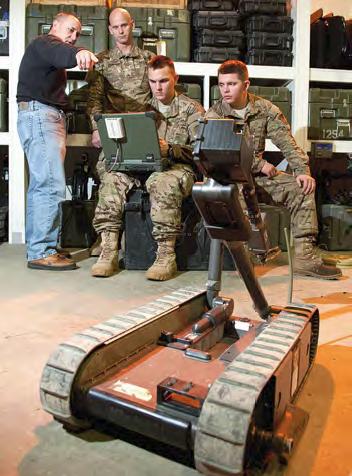
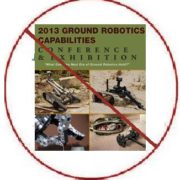
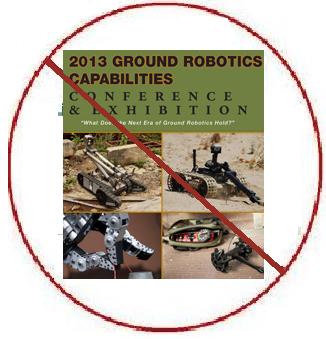
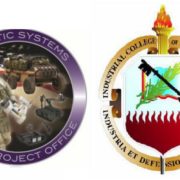


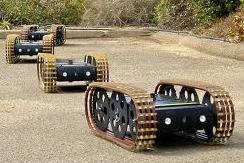
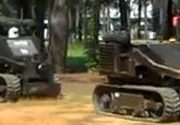
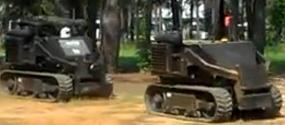
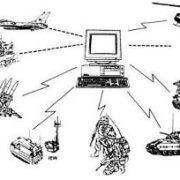
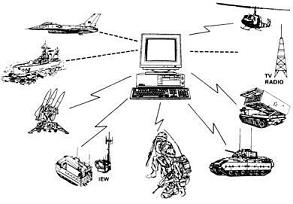

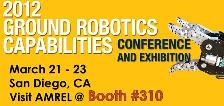

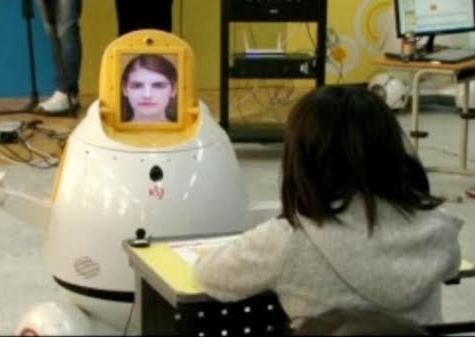

 Should robots walk or roll? While the answer to this question is obvious for certain applications, it has implications for the entire robot industry, and society as a whole.
Should robots walk or roll? While the answer to this question is obvious for certain applications, it has implications for the entire robot industry, and society as a whole.